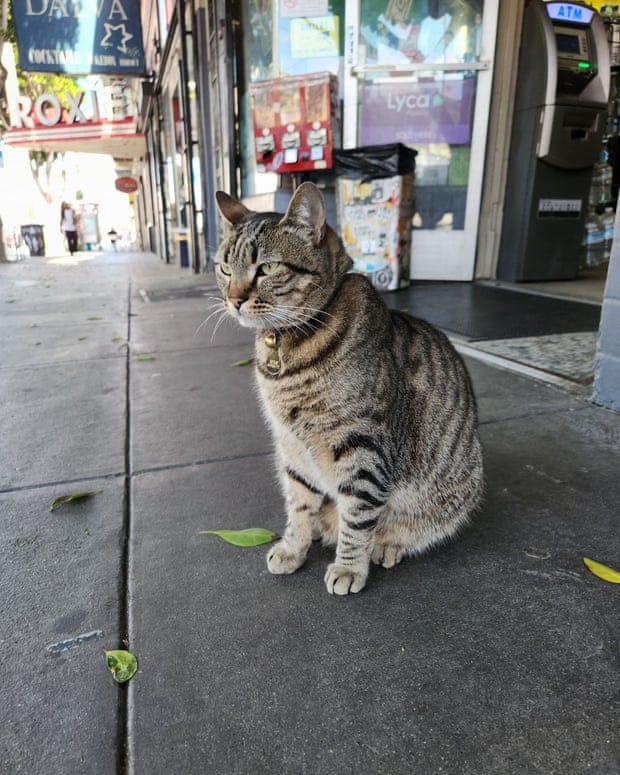A driverless vehicle killed a San Francisco cat
We call for changes to prevent other animals from suffering the same deadly fate.
A Waymo vehicle, Alphabet’s (Google) driverless autonomous taxi service in San Francisco, struck and killed a neighborhood cat named KitKat. The incident has spurred public grief and anger, especially in the community that viewed the cat as a local fixture. KitKat was a bodega cat and affectionately known as the “Mayor of 16th Street.” The bodega owner raced the gray tabby to the veterinarian, but KitKat did not survive.
In response, city supervisors are considering a resolution urging state legislators to empower counties to regulate autonomous vehicle operations locally. The proposal aims to shift regulatory power away from the state.
We propose an alternative: requiring autonomous vehicles to give cats and other small animals a “brake.”
Our letter to the supervisors follows:
Dear Supervisors,
On behalf of our San Francisco members and supporters, indeed on behalf of all Californians, thank you for seeking/considering changes to how autonomous vehicle operations are conducted after a Waymo taxi struck and killed KitKat, a beloved neighborhood cat.
Unfortunately, we do not believe state legislators will pass legislation to shift regulatory power away from the state to local control, that the Governor would sign such a bill, or that doing so is necessary or desirable. Instead, we request legislation requiring autonomous vehicles to give cats and other small animals a “brake.” The technology already exists; it just hasn’t been used.As a 2022 study, “AI ethics: the case for including animals,” determined, self-driving technologies can “substantially reduce animal deaths and injuries on the road,” but “this will not happen unless the designers of these systems choose to make it happen.” The authors of the study reviewing such technology found that carmakers have chosen not to do so when it involves small animals, such as cats, raccoons, and squirrels, millions of which are killed by cars each year.
Currently, the only animals that are inadvertently protected are those that are “large enough for a collision to cause serious damage to the car and perhaps its occupants (for example, moose).” In other words, these systems are only designed to protect cars and their occupants, not animals. They should. And state law should demand it.
Sadly, we cannot bring KitKat back. And we will forever remember his killing as many things: tragic and heartbreaking, chief among them. Nothing can alter that reality. However, we can lessen the futility of his death if we learn from it and reform policies so that other animals do not suffer the same deadly fate.Very truly yours,
Nathan J. Winograd


